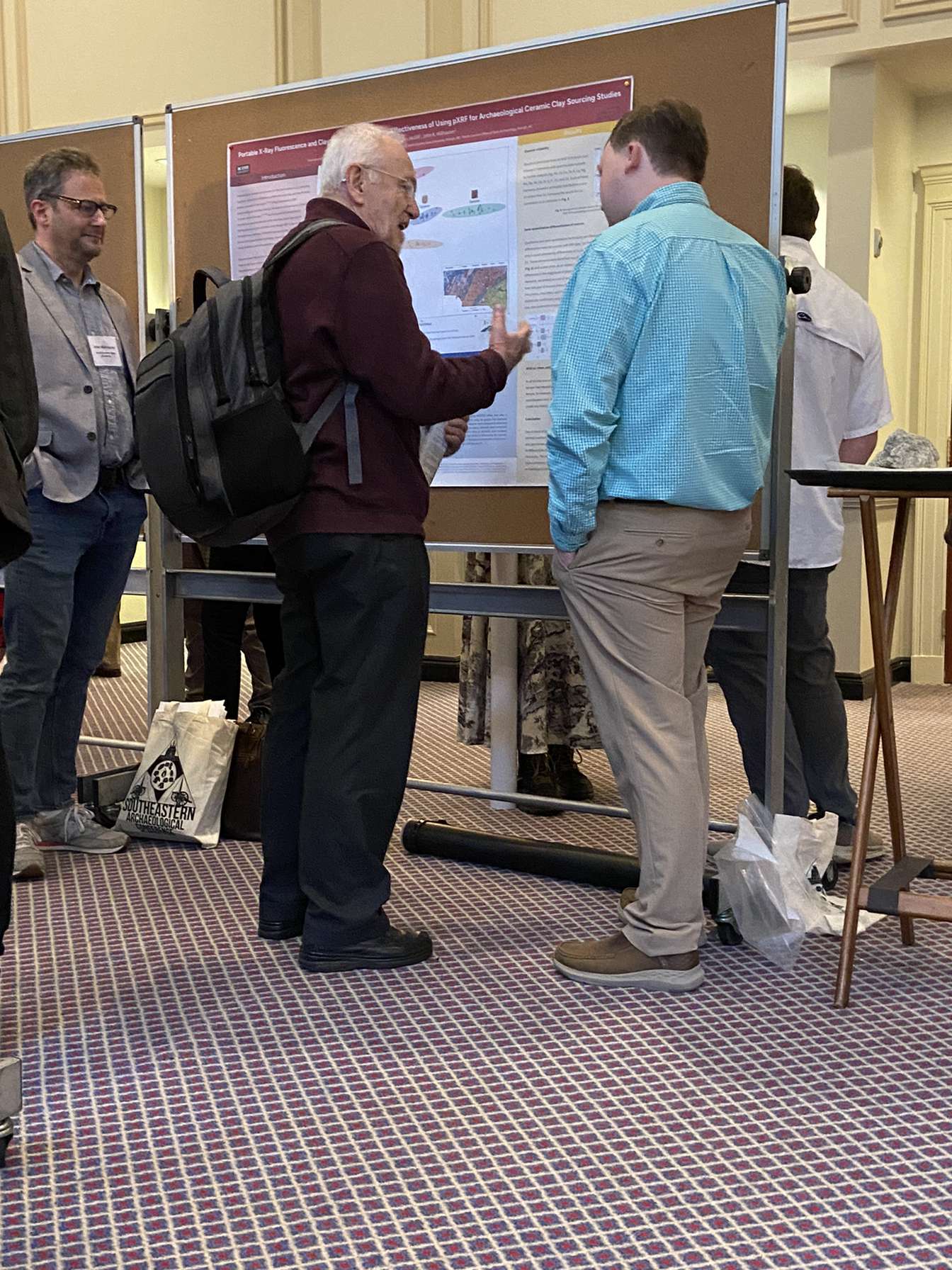Forensic Experts Compile Guide on How to ID Child Abuse, Starvation

 Forensic science experts from North Carolina State University are publishing a comprehensive overview of forensic research that can be used to identify child abuse and starvation.
Forensic science experts from North Carolina State University are publishing a comprehensive overview of forensic research that can be used to identify child abuse and starvation.
“By pulling all of this information together in one place, we hope that we can save the lives of some children and find justice for others,” says Dr. Ann Ross, a professor of anthropology at NC State and lead author of the paper. Ross is also co-editor of the book “The Juvenile Skeleton in Forensic Abuse Investigations.”
“For example, we looked at issues of neglect in which children are starved to death,” Ross says. “These are supposedly rare, but I’ve unfortunately seen this a few times in my capacity as an advisor to medical examiners. In this paper we offer some guidelines on how to use the mineral density of bones to determine whether a child was being starved.”
Proving that a child was starved to death is difficult; it’s essentially impossible to assess normal indicators of starvation once a body has decomposed. But the paper explains that forensic investigators can use a DXA scan, like those used to assess osteoporosis in older adults, to assess bone density and determine whether a child was severely malnourished.
Also, because teeth are not as affected by malnutrition as bones are, investigators can compare the development of an individual’s teeth and bones. Stunted growth of a child’s tibia can be a strong indicator of starvation, for example.
“These techniques are well-established but are not in widespread use in the United States,” Ross says.
“We also combed the existing literature to focus on skeletal injuries that are indicators of abuse and that are unlikely or impossible to be caused by accident,” says Dr. Chelsey Juarez, an assistant professor of anthropology at NC State and co-author of the paper.
For example, rib fractures are very rare in accidental trauma, so the presence of rib fractures in children is highly suggestive of abuse.
The paper also offers broader advice, such as noting that forensic investigators should determine whether the story they’re getting from a child’s caregiver is consistent with the injuries they see on the child.
“The portion of the paper dealing with injuries is particularly important,” Juarez says. “Because while it can be used for post-mortem assessment, it can also be used to examine X-rays of living children who can still be saved from abuse.”
The paper, “A brief history of fatal child maltreatment and neglect,” was published online in Forensic Science, Medicine, and Pathology.
By Matt Shipman, NC State News Services
- Categories:


